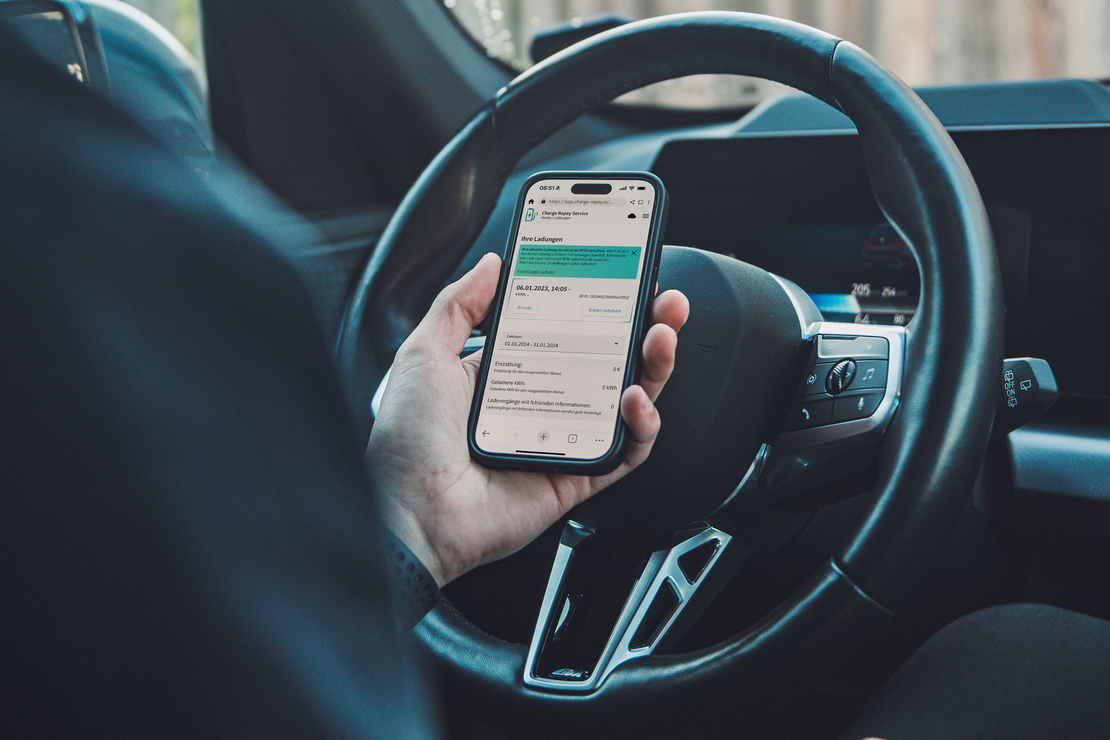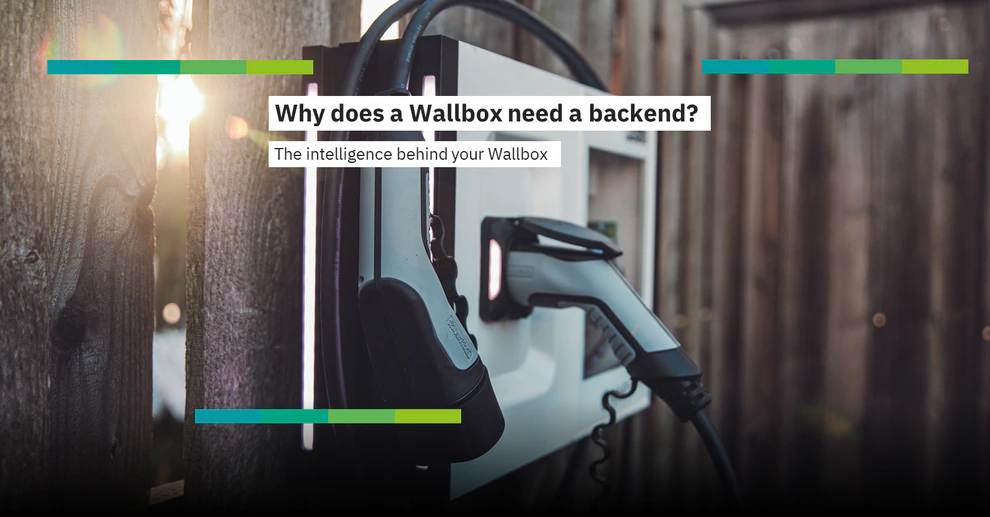Company fleets are increasingly being electrified, and businesses need to provide home charging solutions. This allows drivers of electric company cars to have a comfortable charging experience at home. With this development, the interest in efficient and user-friendly charging, maintenance, and control processes is also growing. But what exactly makes a charging solution user-friendly and straightforward? This is where the backend system comes into play.
The Backend: The Intelligence Behind Your Wallbox
Imagine a wallbox without a backend like a simple charger for your phone – it can charge, but without the intelligent functions of a backend, the wallbox remains limited in its capabilities. A backend makes the wallbox smart and enables functions such as billing, authentication, and load management. The backend is the invisible brain that collects and manages all the data generated during the charging process of an electric vehicle.
Key Functions of the Backend:
- Monitoring and Analysis: Real-time monitoring of the charging process and analysis of usage data to optimize charging efficiency.
- Billing and Authentication: Management of payment processes and user identification to ensure a smooth and secure charging process.
Download our charge@home Guide now!
Our guide highlights the requirements for a home charging solution and explains what is needed to use it for legally compliant billing of company cars. Learn more about the installation of wallboxes, legal frameworks, and efficient billing solutions for home charging.
REQUEST GUIDE
Easy Billing: No Unpleasant Surprises
No one likes complicated billing. The backend of a smart wallbox ensures that the billing of charging processes is simple and transparent. It records the energy consumed, allowing the charging processes to be recorded per user and billed, for example, monthly. This is particularly advantageous for companies as it enables transparent and simple cost distribution of their electric fleet.
If you or your employees use a simple wallbox without a backend, you can still use it for billing the electric company car. With the Charge Repay Service and our patented retrofit hardware, we make any wallbox billable. Thanks to the hardware from Phoenix Contact , we can enable simple wallboxes for calibration-compliant billing.

Who Can Charge? User Authentication and Access Control
A charging backend also plays a crucial role in user authentication. This is particularly useful if the wallbox is installed in a multi-family house or a shared garage and only certain people should have access. The user holds their RFID card to the wallbox, and the backend checks if they are authorized. This ensures security and ensures that only authorized persons can use the wallbox.
Efficient Load Management and Energy Management
Another advantage of a backend is load management. Although it is less central for private wallboxes at home, it can still be useful. If several electric vehicles are being charged or the house’s power capacity is limited, an intelligent load management system helps to efficiently distribute the available capacity. The backend can set priorities so that certain vehicles are charged preferentially. Additionally, the charging power can be adjusted depending on whether electricity is currently cheap, or, for example, the sun is shining.
Conclusion: The Invisible Heroes of Electromobility
A charging backend offers numerous advantages that make the operation of wallboxes more efficient and user-friendly. It enables optimal use of available power capacities, ensures transparent billing, and secure authentication. Even simple wallboxes can communicate with a backend and be calibrated for billing through the Charge Repay Service from Phoenix Contact. A wallbox with a backend can significantly enhance and simplify your charging experience.




